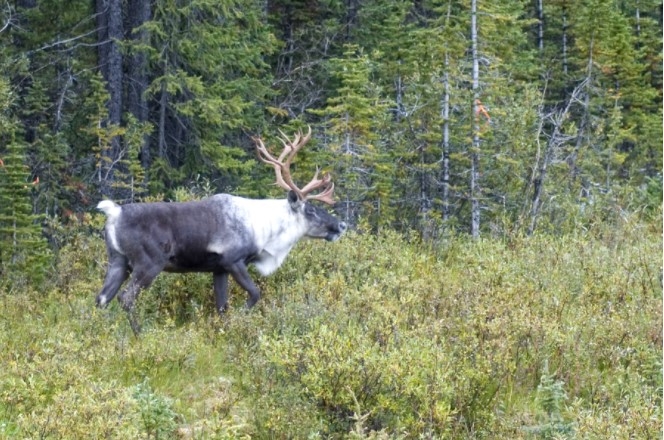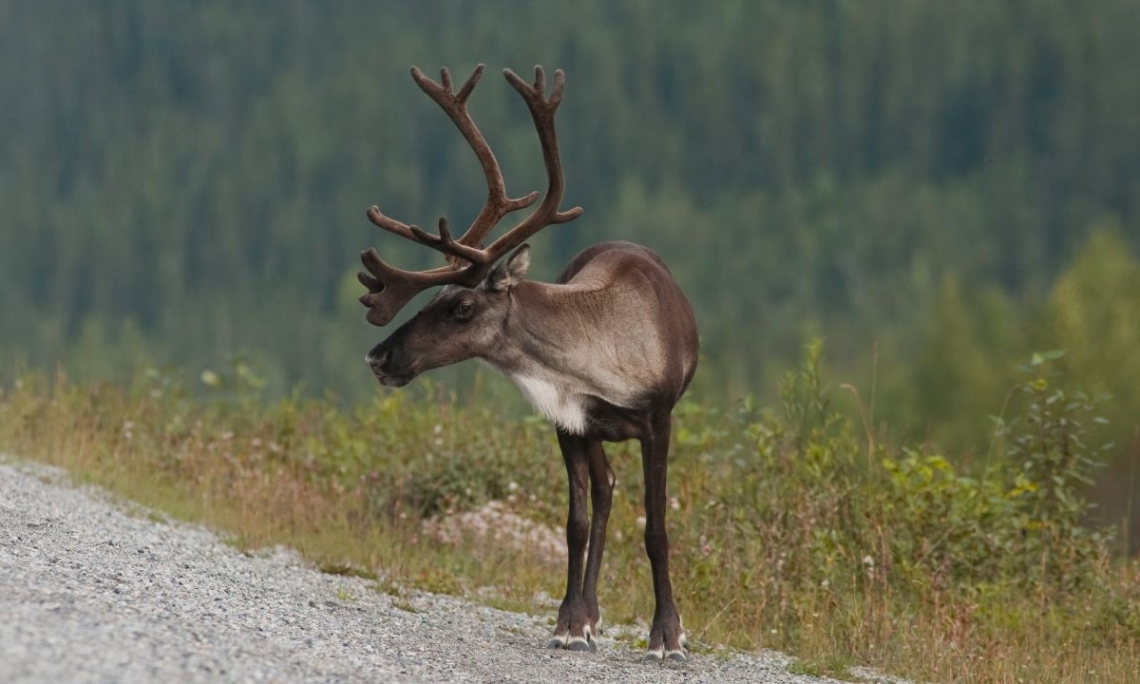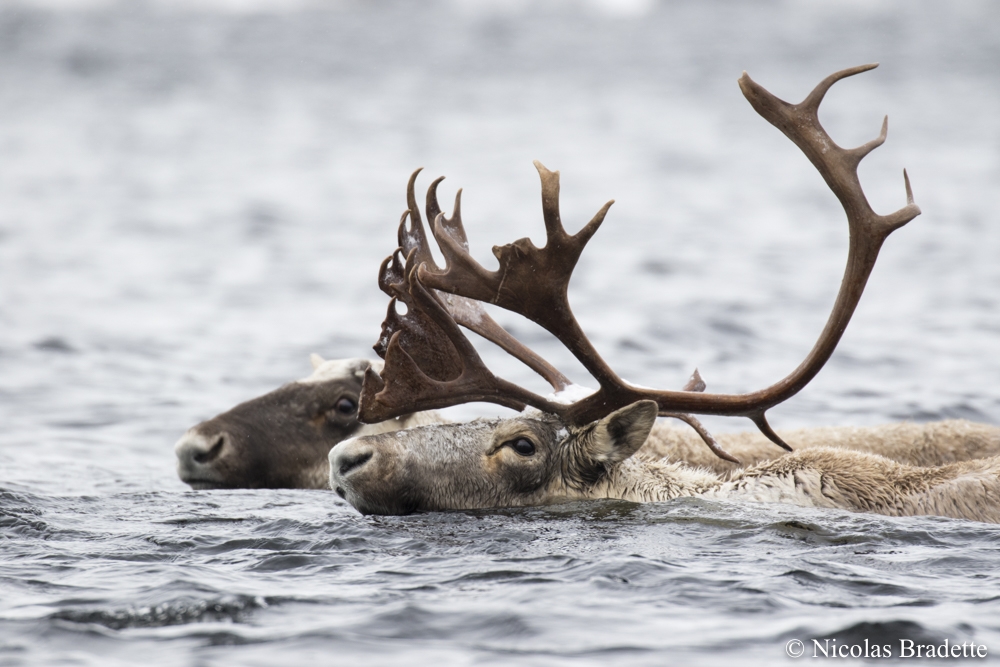Protected areas
Content related to: Protected areas
Implementation of Indigenous Protected and Conserved Area Agreements in Canada: A Review of Successes, Challenges, and Realities
Wetland Knowledge Exchange April 2023 Newsletter
Ontario protecting Boreal Caribou with historic investment

The Ontario government recently committed $29 million over four years to support boreal caribou habitat restoration, protection, and monitoring. The funding is intended to complement the recently finalized Canada-Ontario Agreement for the Conservation of Caribou, Boreal Population in Ontario.
Full text of this news release can be accessed here Ontario Protecting Boreal Caribou with Historic Investments | Ontario Newsroom
*This news piece is being shared by the National Boreal Caribou Knowledge Consortium as the subject matter discussed pertains to caribou and may be of interest to our audience.
Governments of Canada and Manitoba reach a conservation agreement on Boreal Caribou

The governments of Canada and Manitoba have reached a three-year agreement to support conservation and recovery of boreal caribou in Manitoba. Nearly $1 million has been committed by Environment and Climate Change Canada to support ongoing actions under the draft agreement, with additional funding to be allocated to future conservation measures.
Full text of this news release can be accessed here: Governments of Canada and Manitoba reach a conservation agreement on Boreal Caribou - Canada.ca
Wetland Knowledge Exchange March 2023 Newsletter
Wetland Knowledge Exchange February 2023 Newsletter
Government of Canada invests in reversing biodiversity loss through conservation breeding program for caribou in Jasper National Park

A recent investment of $24 million towards caribou conservation will help fund construction and operation of a caribou breeding centre in Jasper National Park. Wild caribou from local herds will be captured, bred in captivity, following which the offspring will be released into herds in need of recovery.
Construction of the facility, which will be located in Jasper National Park, is expected to begin in the spring of 2023 and is predicted to take two to three years. In the meantime, consultation with Indigenous partners, provincial governments, and experts will take place to maximize effectiveness of the program towards meeting shared conservation and recovery goals.
Full text of this news release can be accessed here: Government of Canada invests in reversing biodiversity loss through conservation breeding program for caribou in Jasper National Park - Canada.ca
*This news piece is being shared by the National Boreal Caribou Knowledge Consortium as the subject matter discussed pertains to caribou and may be of interest to our audience.
A Policy for the Stewardship of Yukon’s Wetlands
Québec caribou population continues to decline

Results of caribou population inventories carried out in 2021 and 2022 in the Gaspé, Nord-du-Québec and Côte-Nord regions of Quebec demonstrate an estimated average annual population decrease of 11%. An increase was observed only in the Caniapiscau herd.
A provincial strategy for woodland and mountain caribou will be released by Québec’s Environment Ministry in the summer of 2023.
Full text of this article can be accessed here: Quebec caribou population continues to decline: Environment Ministry | CBC News
*This news piece is being shared by the National Boreal Caribou Knowledge Consortium as the subject matter pertains to caribou and may be of interest to our audience

